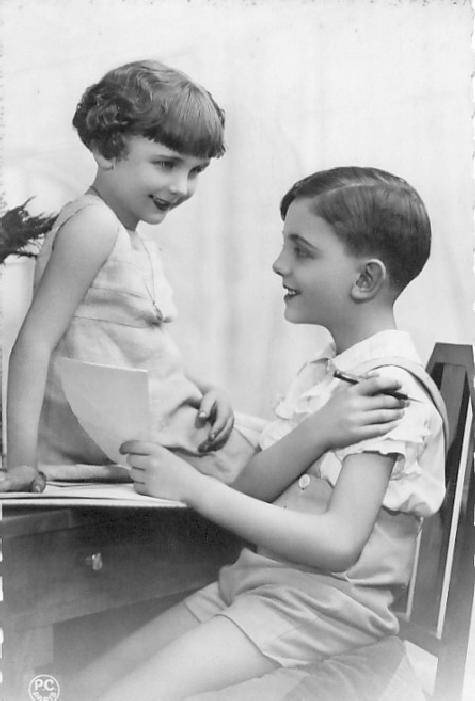
Figure 1.--Here we have a commercial post card showing a French boy wearing a blouse. These French post cards often pictured children in fancy clothing. PC Paris 3943.


Figure 1.--Here we have a commercial post card showing a French boy wearing a blouse. These French post cards often pictured children in fancy clothing. PC Paris 3943. |
The word blouse was introduced in the early 19th century in France and first appeared during the French Revolution. It may be named after Pelusium in Egypt where blue smocks were produced during the crusades. It developed from the French word "bliaut" or Old French "blialt" a long shirt-smock like overclothing or dress, that was worn during the Middle ages until the 13th century in France. The French words associated with "blouse" are a little complicated, not unlike English. A blouse in English generally means a shirt without tails worn by younger boys, girls, and women. It is also used in the military for a solidiers uniform coat. The French word for blouse, meaning a boy's shirt-like garment, is "blouse "or "guimpe". The use of "guimpe" is now most common when referring to a child's blouse. A girl's blouse translates as "blouse" or "chemisier", but "guimpe" is less commonly also used for a girl's blouse as well. Today mothers often say "chemise" for a blouse. They add "chemise à manches ballon" or "chemise brodée" for puff sleve blouse and embroidered blouse. It must be mentioned say that the word "blouse" can also be used for a smock ("tablier").
A variety of French terms are used for shirt like-garments. There are also garments which used some of the stylistic details used for blouses. Some of the appropriate terms include:
Blouse: Blouse or better "guimpe " when concerning children clothes, especilly for little boys.
Blouse, embroidered: Chemise brodée
Blouse, puff sleeve: Chemise à manches ballon
Blouse: Chemisette was a blouse for an older boy, perhaps 6-8 years old with normal short sleeves, rathervthan puffed sleeves.
Chemise: Chemise has become very common in recent years, but it is generally used for a girl's smock as boys, except for inafants, no longer wear them. Chemise was not normally used in the 1950s and 60s to describe a boy's blouse.
Chemisier: The word " chemisier " is only used for a woman's shirt.
Chemisette: Short sleeves shirt
Guimpe: The French term "blouse" is sometimes confused with "guimpe". " Guimpe " is actually used for a juvenile boy's shirt. A blouse is more correctly used as a woman's garment or a fancy shirt for a younger boy.
Smock: Tablier (for school children and women).
Smock: Blouse (for all, children, women, men, especially front buttoning smocks).
Navigate the Boys' Historical Clothing Web Site:
[Return to the Main French blouse page]
[Return to the Main French garment page]
[Introduction]
[Activities]
[Biographies]
[Chronology]
[Clothing styles]
[Countries]
[Bibliographies]
[Contributions]
[FAQs]
[Glossaries]
[Satellite sites]
[Tools]
[Boys' Clothing Home]
